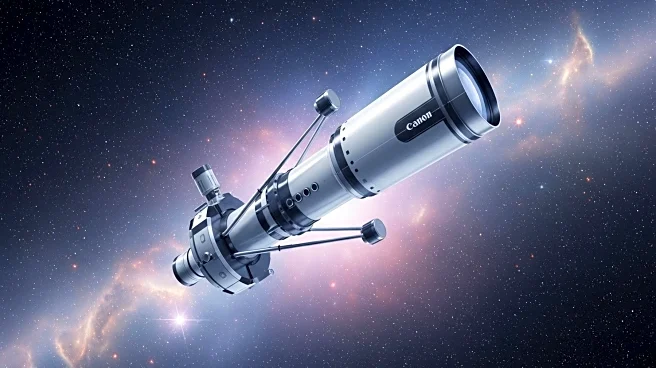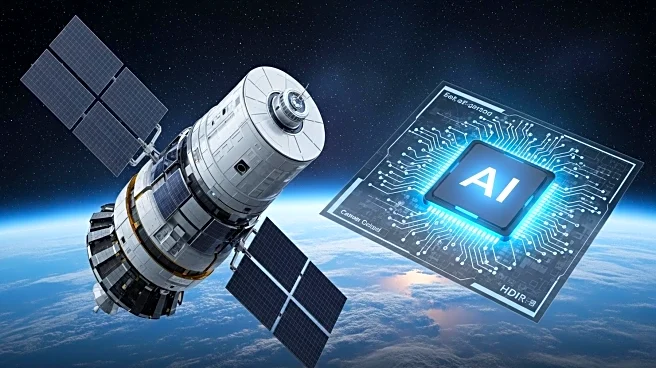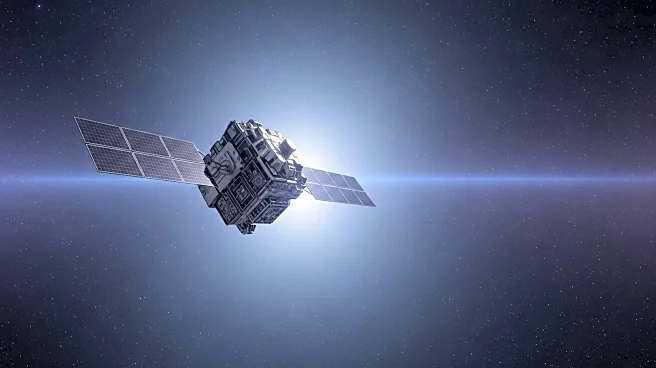What's Happening?
NASA has announced that the Artemis II mission, the first crewed mission to the Moon in 50 years, is scheduled to launch in April 2026. This follows the successful uncrewed test flight of Artemis I in November 2022. The Artemis program aims to return humans to the Moon, with Artemis II set to take a significant step forward in lunar exploration. The mission will pave the way for Artemis III, which plans to land astronauts on the Moon's South Pole region in mid-2027.
Why It's Important?
The Artemis II mission marks a historic milestone in human space exploration, reigniting interest in lunar exploration and paving the way for future missions to Mars. The program's success could enhance the U.S.'s leadership in space exploration and foster international collaboration. The mission's focus on the Moon's South Pole region could provide valuable insights into lunar resources and support future habitation efforts.
What's Next?
Following Artemis II, NASA plans to launch Artemis III in mid-2027, with astronauts landing on the Moon for a month-long mission. The success of these missions will be crucial in advancing NASA's goals under the Artemis program and establishing a sustainable human presence on the Moon.
Beyond the Headlines
The Artemis program reflects NASA's strategic focus on lunar exploration as a stepping stone for future missions to Mars. It highlights the importance of international collaboration and technological innovation in advancing human space exploration.










